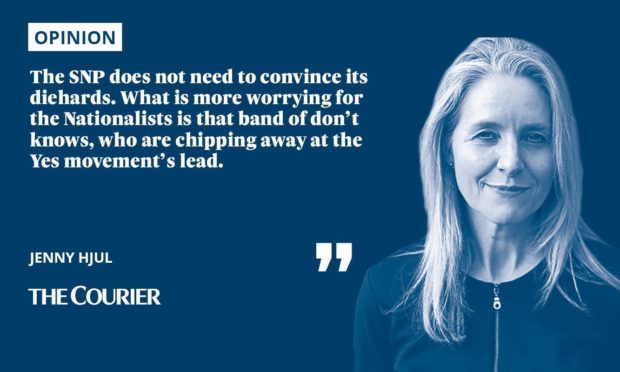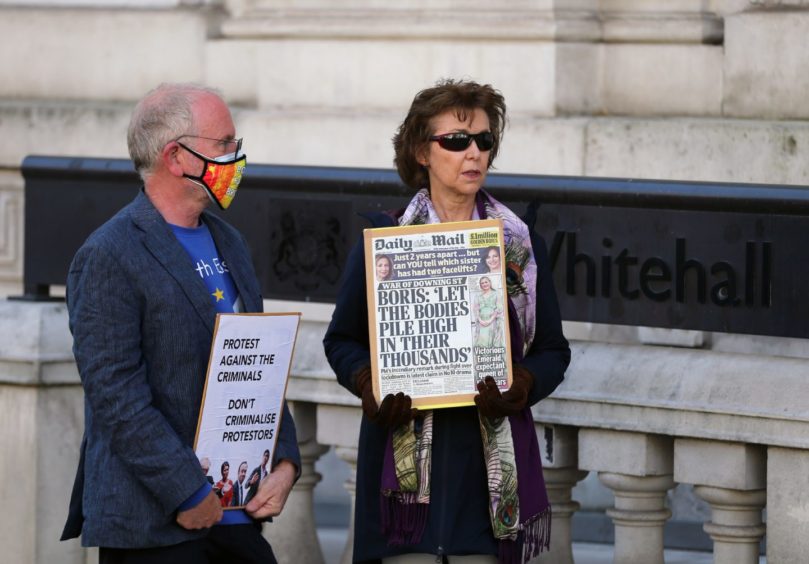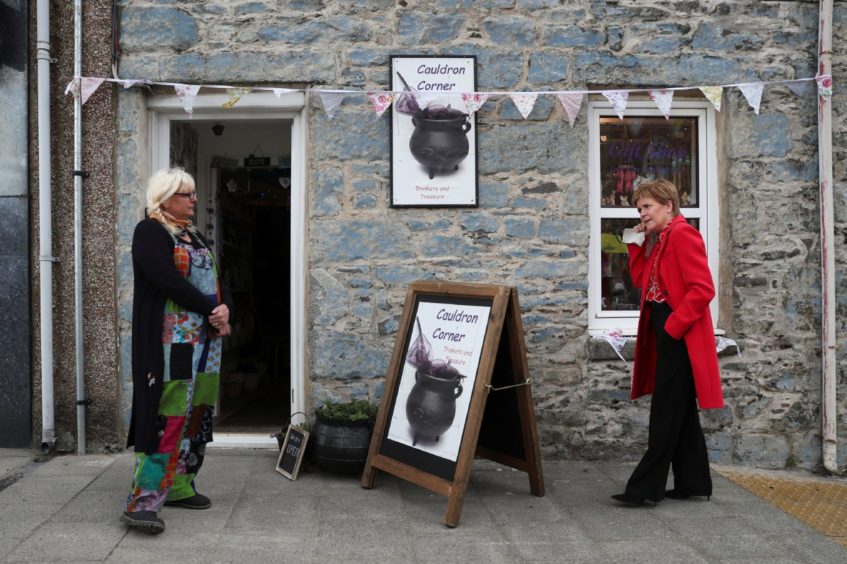As the Downing Street crisis worsened this week, with Boris Johnson trading blows with former aide Dominic Cummings, Nicola Sturgeon waded in.
No doubt welcoming any distraction from her own traumas (which we’ll come to shortly) she said she found the ‘bodies pile high’ claims, made by Cummings against the PM, ‘eminently believable’.
She also said the issues facing the Conservatives at Westminster were of a ‘different substance and scale’ to the sleaze problems that have blighted her own party, which is true but not in the way she meant.
The SNP’s reputation for tawdriness is second to none, starting with the behaviour of Alex Salmond – cleared of sex assault charges but guilty, by his own admission, of behaving inappropriately towards women.
Then there was the finance minister, Derek Mackay, who was forced out after sending text messages to a schoolboy; the children’s minister who resigned after sex pest allegations; and the chief whip at Westminster who quit over accusations he harassed a young party worker. These are just the highlights.
But with the Scottish election just over a week away, the Number 10 spectacle will be viewed with glee in SNP circles, as even the Scottish Tories concede it will boost the Nationalists.
However, the SNP may be on course to win the most seats, but Sturgeon’s failure in to make a convincing case for independence could rob it of an overall majority.
This might have pleased the Yes fanatics, as would her anti-English grandstanding, but the SNP does not need to convince its diehards
As much as she insists that next Thursday’s vote is not about breaking away from the UK, the focus of the whole campaign has been on this one issue – pushed to the top of the agenda after she vowed to hold a second independence referendum early on in the new parliament, should her party win.
This might have pleased the Yes fanatics, as would her anti-English grandstanding, warning people not to come to Scotland to drink (non-alcoholic beverages) – as if – in its bars while theirs remained open outdoors only.
But the SNP does not need to convince its diehards; Sturgeon will retain a bedrock of support among the core Nationalist constituency, as proved by the Salmond inquiry, which seemed to leave her undamaged.
Polls show drop in support
What is more worrying for the Nationalists, though, is that band of don’t knows, who are chipping away at the Yes movement’s lead.
The most recent poll suggests that support for independence is down, with the Savanta ComRes survey for The Scotsman showing 48% for the Union compared to 45% against. And the same poll predicted the SNP would win 63 seats, falling two seats short of a majority, as in 2016.
Since this poll was conducted, Sturgeon has not helped her cause, letting slip in a bad-tempered interview with Andrew Marr that she had no idea what the cost of separation would be to Scottish families.
Unfortunately for her, others have done the sums and it doesn’t look good for Scotland going it alone.
The Institute of Fiscal Studies said this week that a separate Scotland would face a post-Covid deficit that was ‘substantially higher’ than the rest of the UK’s, leading to austerity measures in this country.
Sturgeon has been equally vague about how Scotland in the EU could avoid a hard border with England.
Scotland’s trade with the rest of the UK is approximately three times that with Europe, amounting to some 60%t of exports.
Hollow promises
The First Minister seems to think we could have a free trade agreement both with the EU and with Britain, which is now outside the single market.
She told Marr that Scottish businesses would have ‘no difficulties in terms of their day-to-day experience in trading’, which would have rung hollow with the business community that has been crippled by her Covid strictures.
As applying for membership of the EU and leaving the UK are both SNP manifesto commitments, it is odd that the party’s leader has not worked out that they are incompatible.
Talk of borders is the jinx in any debate on independence. While the prospect of a Trump style Mexican wall swells the hearts of xenophobic zealots, most people are horrified. Which is why Sturgeon prefers to dodge the subject.
But questions are now being asked: how would a border look and how would the thousands of people who live in Scotland but work in England or have families in the south feel about border guards, customs duty, and possibly even passport controls?
Those marginal Scottish voters who may have opted for the Nationalists for want of a better alternative are the cohort Sturgeon needs to bring on board to secure her majority next week.
They are also the undecideds who are most likely to be scared off by the stark realities of a divided Britain. No wonder she appears increasingly rattled as May 6 draws nearer.


